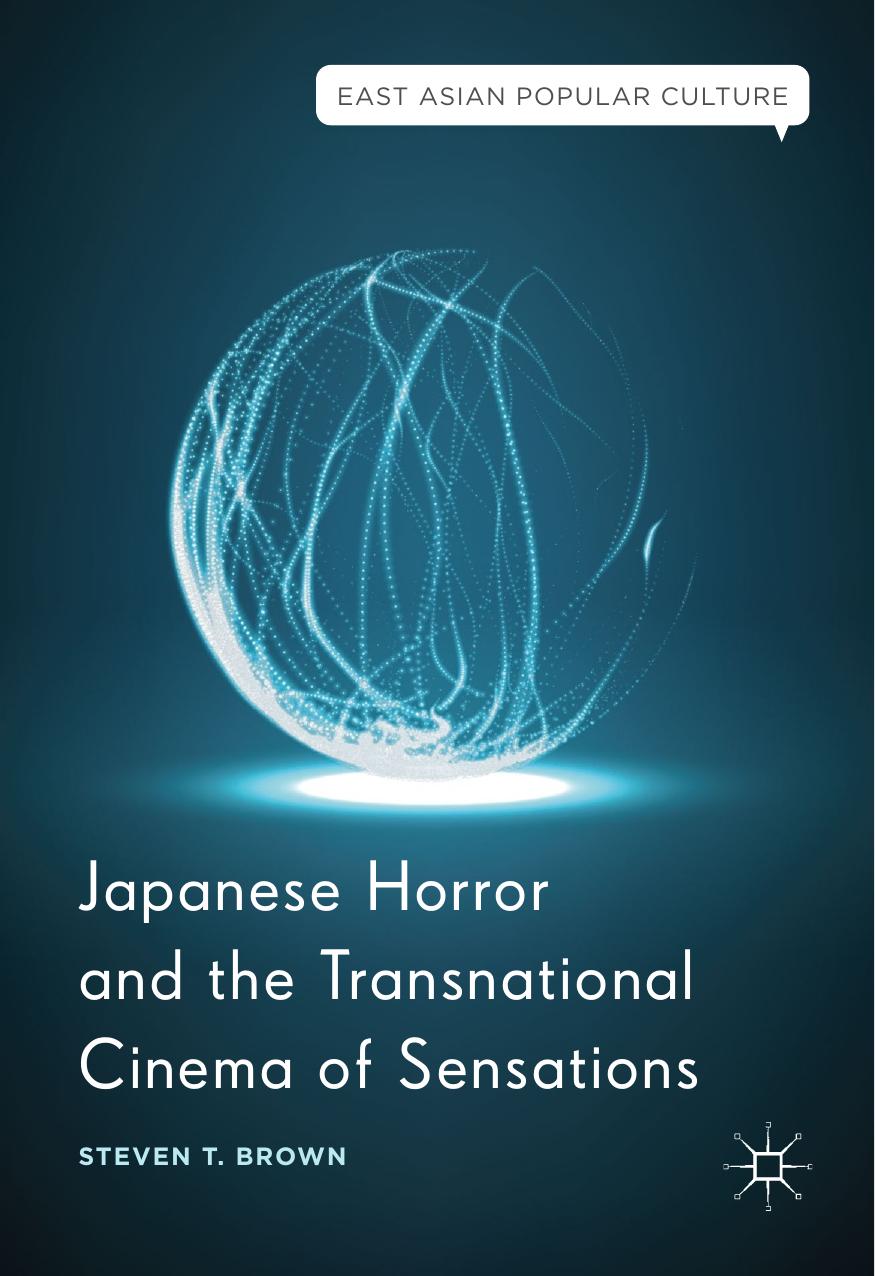Japanese Horror and the Transnational Cinema of Sensations by Steven T. Brown

Author:Steven T. Brown
Language: eng
Format: epub, pdf
Publisher: Springer International Publishing, Cham
Fig. 4.3The nurse (Kishida Kyōko) is incorporated into the mise-en-scène of the clinic assemblage like an insect mounted in an entomologist’s collection box in Face of Another (1966)
Here I am also reminded of Deleuze and Guattari’s work in A Thousand Plateaus on the concept of “faciality” (visagéité).25 For Deleuze and Guattari , perhaps the most important point about faciality is that one does not have a face, one slides into one: faces choose their subjects. Facial units are distributed across the grid of the face according to the facial traits organized by faciality . As such, the faciality machine involves the social production of a face through the decoding of a body and the overcoding of a head. Deleuze and Guattari underscore that the face not only overcodes (i.e., facializes) the head, but the rest of the body as well. In their view, concrete individualizations of faciality are combinations of facial units that choose one term or the other in binarisms such as man/woman, adult/child, white/non-white, rich/poor. In light of such overcoding, Deleuze and Guattari insist that “the face is a horror story,” insofar as “there is even something absolutely inhuman about the face.”26 Although Deleuze and Guattari devote most of their attention to the abstract machine of faciality that they associate with the spread of Christianity and the global dominance of the “white-man” standard, which introduced a new relationship to the face—a new faciality machine—that overcoded the head in relation to a specific conception of signification and subjectification, it is important to point out that Deleuze and Guattari’s critique of that particular faciality machine does not preclude the existence or emergence of other faciality machines that are non-Christian and non-white.
One of the most conspicuous examples of the faciality machine in Face of Another is the white-man standard embodied by the Vitruvian Man that adorns the glass walls of the doctor’s clinic. Although Face of Another does not explicitly address the pernicious effects of the faciality machine encoded by the white-man standard, it remains a significant subtext throughout. When the mask is first applied to Okuyama’s face in the doctor’s office, the doctor and nurse experiment with different combinations of moustache and beard across the grid of Okuyama’s face, including some that are noticeably non-Japanese in style. Okuyama’s numerous expressions of discomfort in relation to the mask —that he is experiencing a strange feeling “as if someone else has taken over” and that he feels “trapped in a hothouse”—may be construed as responses to the faciality machine of the mask that is overcoding his head. It is here that the inhumanness of faciality that prompted Deleuze and Guattari’s assertion that “the face is a horror story” comes quite literally to a head.27 From this perspective, the fragmentation of the body into the “body-in-pieces” that is on display alongside the Vitruvian Man in the clinic where Okuyama receives his new face helps visualize the decoding of the body that is an essential step on the way to overcoding.
The fragmentation of the
Download
Japanese Horror and the Transnational Cinema of Sensations by Steven T. Brown.pdf
This site does not store any files on its server. We only index and link to content provided by other sites. Please contact the content providers to delete copyright contents if any and email us, we'll remove relevant links or contents immediately.
Call Me by Your Name by André Aciman(20372)
Ready Player One by Cline Ernest(14524)
How to Be a Bawse: A Guide to Conquering Life by Lilly Singh(7391)
Wiseguy by Nicholas Pileggi(5671)
The Kite Runner by Khaled Hosseini(5083)
On Writing A Memoir of the Craft by Stephen King(4863)
Audition by Ryu Murakami(4850)
The Crown by Robert Lacey(4723)
Call me by your name by Andre Aciman(4619)
Gerald's Game by Stephen King(4582)
Harry Potter and the Cursed Child: The Journey by Harry Potter Theatrical Productions(4440)
Dialogue by Robert McKee(4321)
The Perils of Being Moderately Famous by Soha Ali Khan(4169)
Dynamic Alignment Through Imagery by Eric Franklin(4116)
Apollo 8 by Jeffrey Kluger(3637)
Seriously... I'm Kidding by Ellen DeGeneres(3577)
The Inner Game of Tennis by W. Timothy Gallwey(3575)
How to be Champion: My Autobiography by Sarah Millican(3555)
Darker by E L James(3477)
